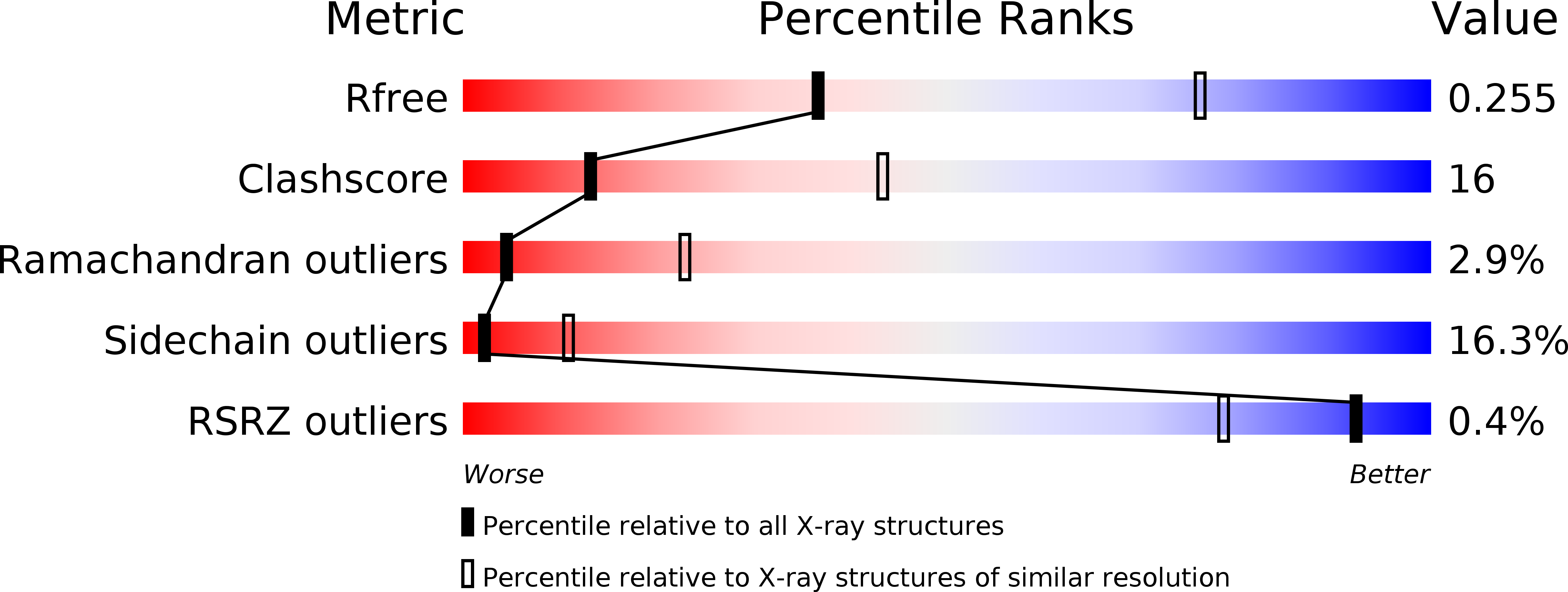
Deposition Date
2015-07-22
Release Date
2015-08-19
Last Version Date
2024-03-20
Entry Detail
PDB ID:
5CQR
Keywords:
Title:
Dimerization of Elp1 is essential for Elongator complex assembly
Biological Source:
Source Organism:
Homo sapiens (Taxon ID: 9606)
Host Organism:
Method Details:
Experimental Method:
Resolution:
3.02 Å
R-Value Free:
0.27
R-Value Work:
0.22
R-Value Observed:
0.22
Space Group:
P 61 2 2


